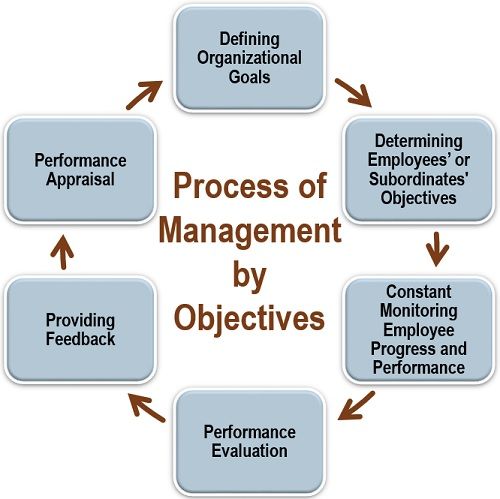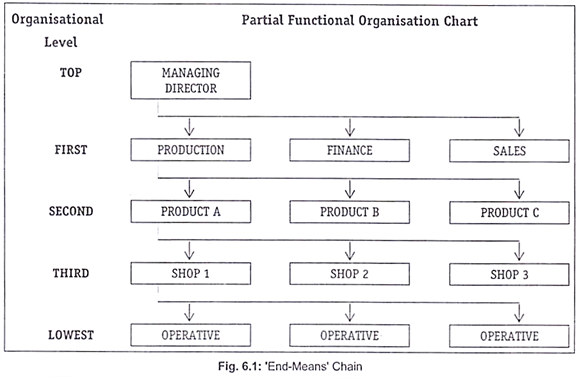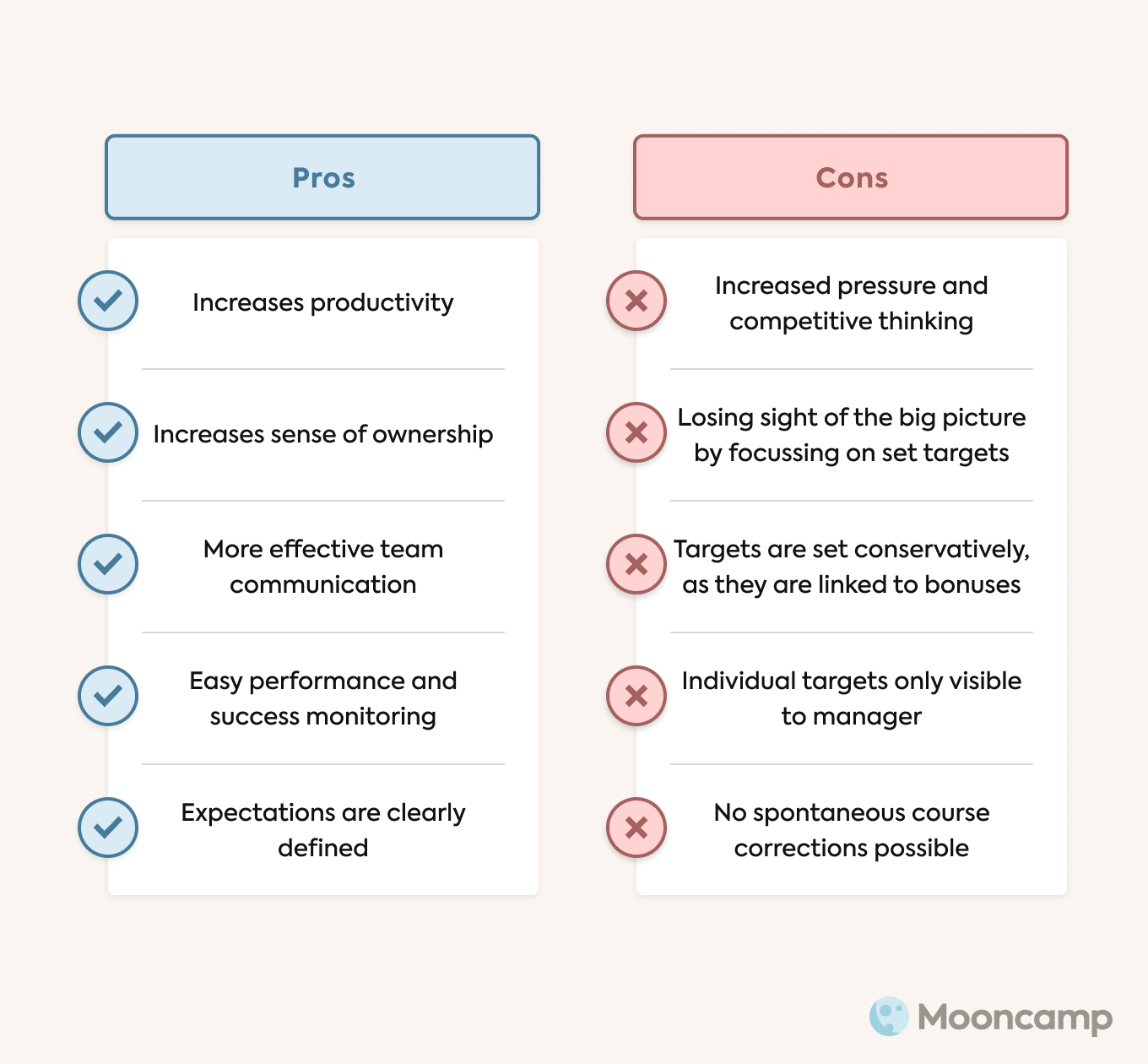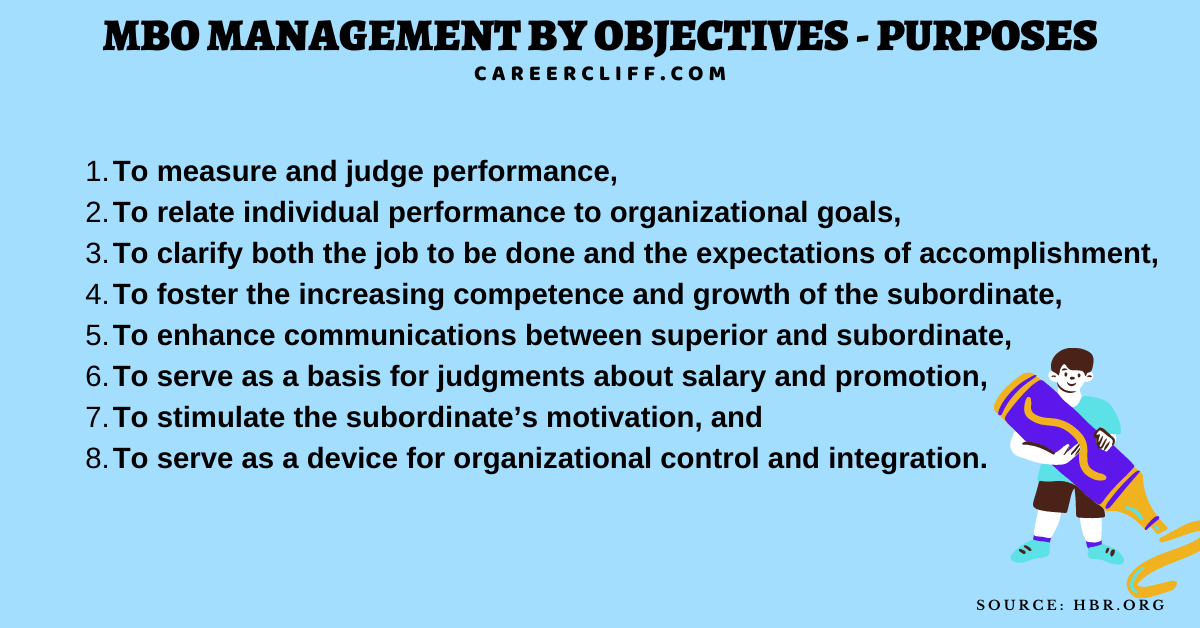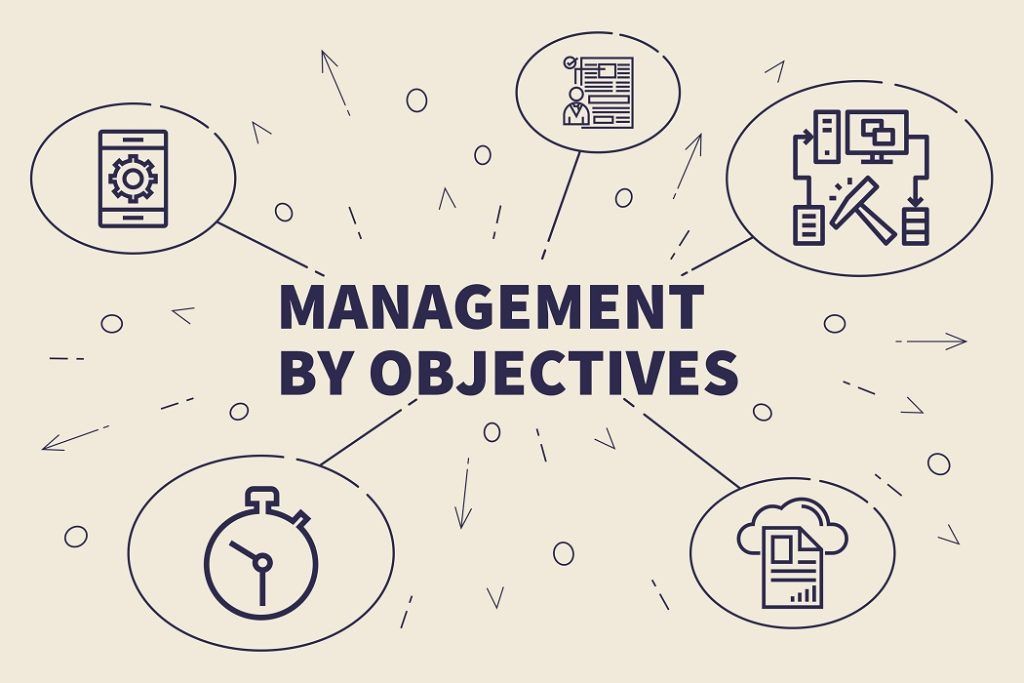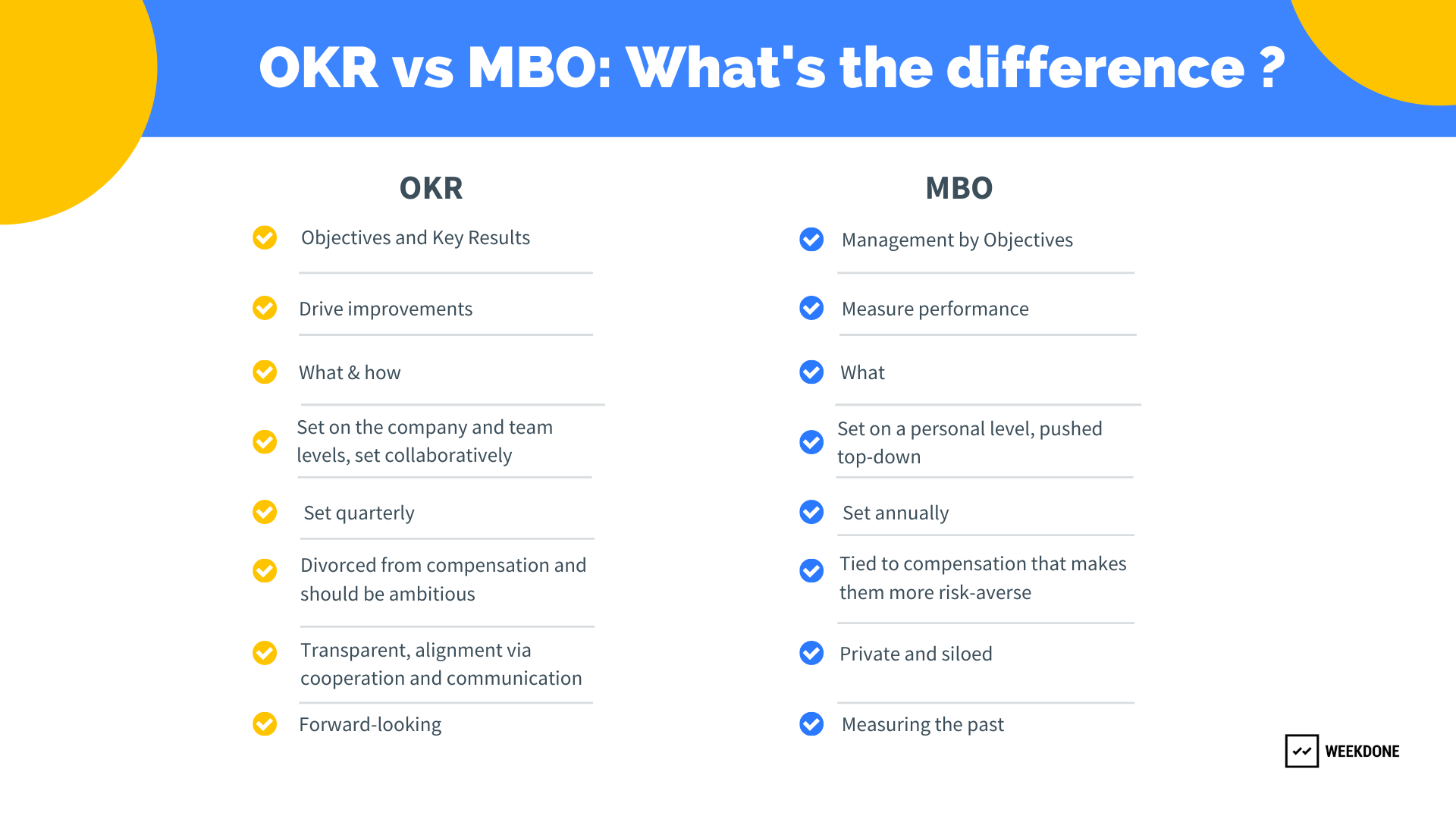The management by objectives (MBO) approach is a management strategy that involves setting specific, measurable, achievable, relevant, and time-bound goals for an organization and its employees. The goal of the MBO approach is to align the goals of the organization with those of its employees, creating a sense of shared purpose and motivation to achieve those goals.
One of the key principles of the MBO approach is that the goals set for an organization and its employees should be specific and measurable. This means that the goals should be clear and well-defined, with quantifiable metrics that can be used to track progress towards their achievement. This helps to ensure that everyone in the organization knows what they are working towards and can measure their own progress towards those goals.
Another important principle of the MBO approach is that the goals set should be achievable and relevant. This means that the goals should be realistic and achievable within the resources and constraints of the organization. At the same time, the goals should be relevant to the overall mission and goals of the organization, ensuring that they are meaningful and have a real impact on the organization's success.
Finally, the MBO approach emphasizes the importance of setting time-bound goals, with clear deadlines for achieving those goals. This helps to ensure that the goals are actively pursued and that progress is made towards their achievement.
In practice, the MBO approach involves a process of goal-setting and ongoing feedback and evaluation. At the beginning of the process, the organization's leaders work with employees to set specific, measurable, achievable, relevant, and time-bound goals. These goals are then used to guide the work of the organization and its employees, with ongoing feedback and evaluation used to track progress and make adjustments as needed.
Overall, the MBO approach is a valuable management strategy that can help organizations to focus their efforts and resources on achieving specific, measurable goals. By setting clear, achievable goals and providing ongoing feedback and evaluation, the MBO approach can help to create a sense of shared purpose and motivation within the organization, leading to improved performance and success.
